- Download:
- MP3 Audio41 MB
Hearing and figuring out progressions isn’t just about using your ear…although that’s a big part. 🙂
Use these tips to put the puzzle together to figure out changes within progression that will be valuable in many different types of situations.
If you have questions or suggestions for a podcast lesson you would like us to do, please leave them in the comments down below.
If you enjoyed this episode…
Please share it!
All you have to do is click on one of the social media buttons at the top of this page.
Also, if you enjoy all the free jazz piano education we release on a weekly basis you can show your support by giving the podcast a 5 star rating in itunes.
Click Here To Give 5 Star Review In Itunes!
Once you get to itunes simple click on the 5 stars to the left to give a rating.
We appreciate your support!


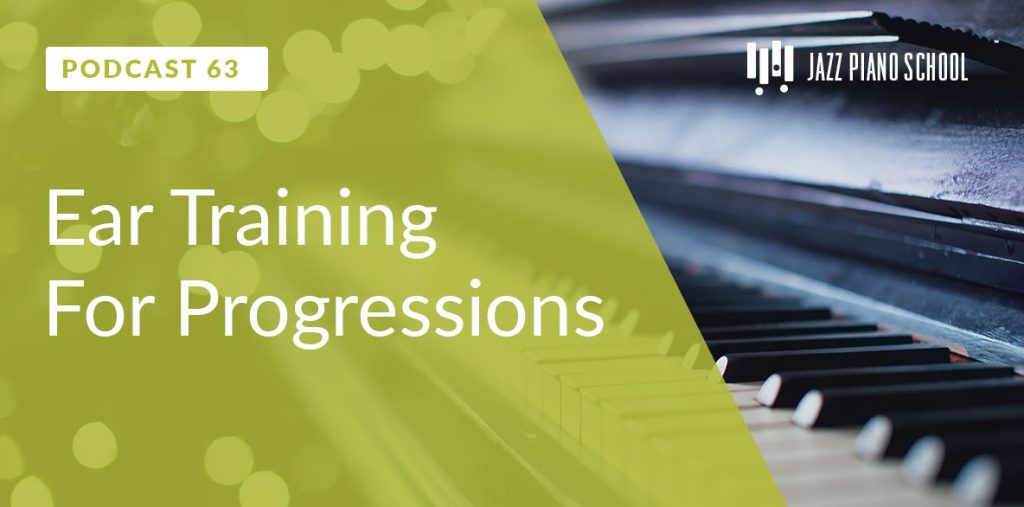

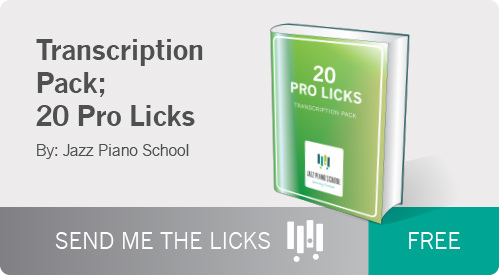

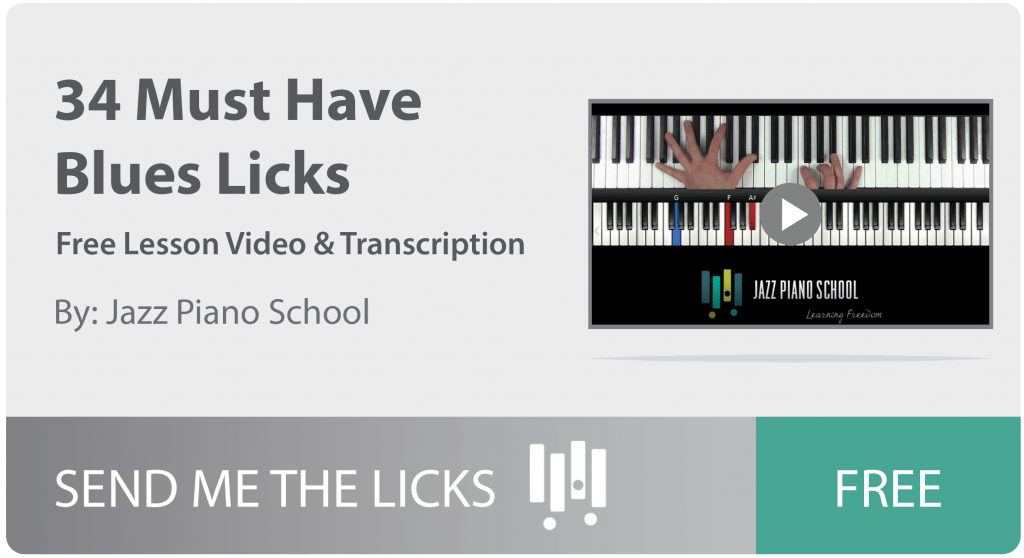




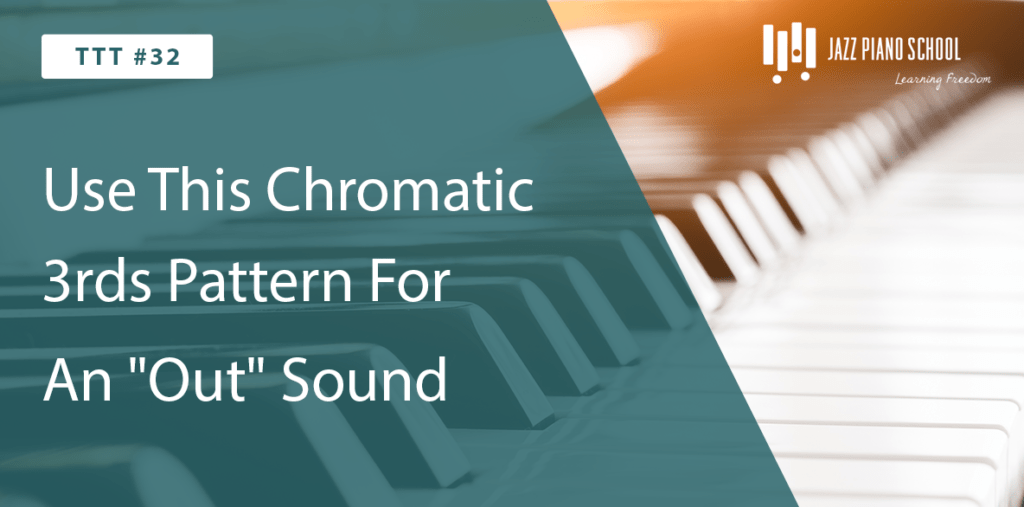
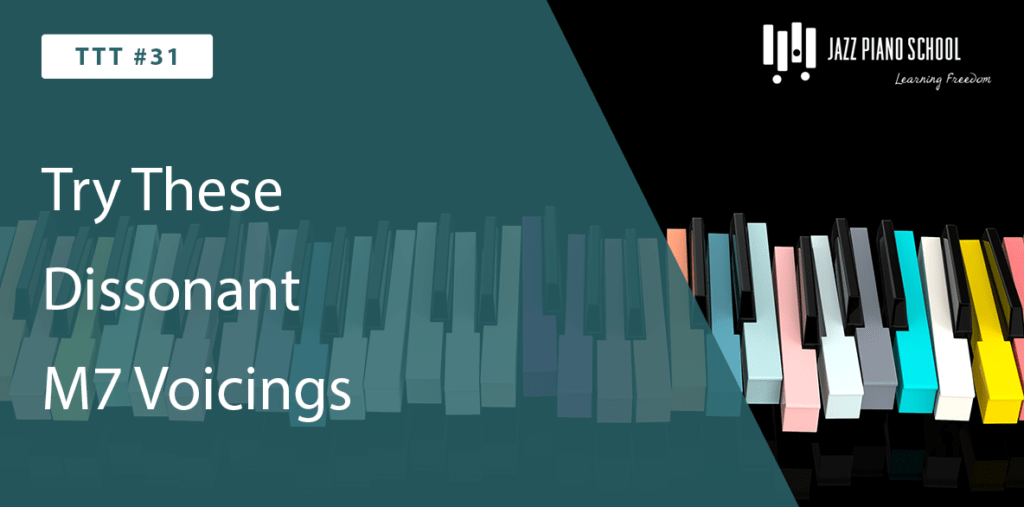


3 Responses
Good job. I haven’t seen your previous podcasts, but at this point the student should understand chord-scales and available upper structures and avoid notes.
Wow. Brenden. This stuff is gold. You are so right that it is next to impossible to find good, comprehensive info on standard jazz progressions and typical re-harmonization that experienced players use. I play bass and I’m trying to get my jazz chops up. This is immensely helpful information.
Many thanks Brenden for a super lesson. This contains much valuable information for players struggling to achieve a pro. sound. Keep up the good work.